Current Exhibition
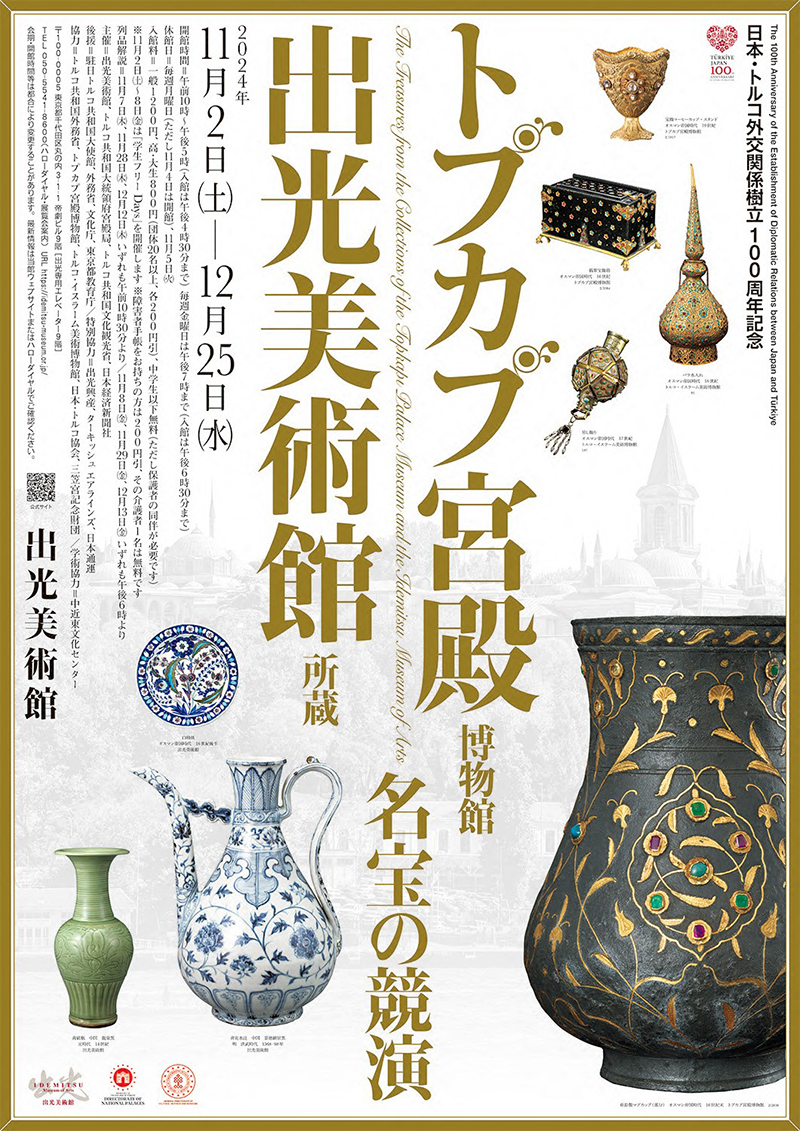
November 2 (Sat) – December 25 (Wed), 2024
The 100th Anniversary of the Establishment of Diplomatic Relations between Japan and Türkiye
The Treasures from the Collections of the Topkapı Palace Museum and the Idemitsu Museum of Arts
Closed: Mondays (Except November 4) and November 5
This year marks the centennial anniversary of Japanese-Turkish diplomatic relations since its establishment. In celebration of the two countries’ peaceful relations, this exhibition introduces famous masterpieces decorated with jewels, gold and silver as well as Chinese ceramics from the Topkapı Palace Museum and the Turkish and Islamic Arts Museum. To complement this major collection, selected works of Chinese and Japanese ceramics and gorgeous Turkish ceramics from the Idemitsu collection will be on view. We hope you enjoy this memorable collaboration of treasures that have fascinated the people all over the world.

Exhibitions
2024.4~2024.12
April 23 (Tue) – May 19 (Sun), 2024
The Path of the Idemitsu Museum of Arts ― From Here and Beyond, Part I
Reviving the Inaugural Exhibition―Sengai, Ko-Garatsu, Chinese Ceramics, the Orient
At the museum inaugural exhibition in 1966, the gallery rooms showcased major works of Chinese ceramics and bronze, ko-garatsu (old ware from the Karatsu region), and Zen master Sengai’s paintings. Today, fifty-eight years since its public opening, all the rooms remain with their original structure and style. To begin the museum’s final year in its current Teigeki building, this first exhibition revisits the museum inaugural exhibition and features masterpieces that continue to represent the collection of the Idemitsu Museum of Arts.
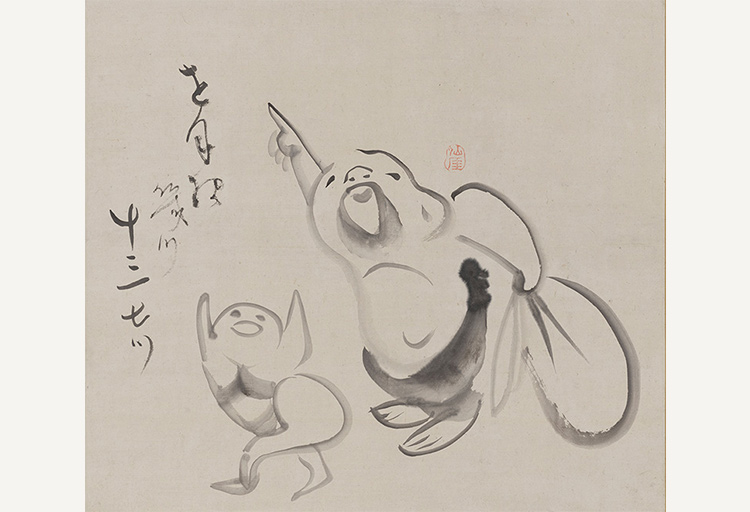
June 1 (Sat) – July 7 (Sun), 2024
The Path of the Idemitsu Museum of Arts ― From Here and Beyond, Part II
Idemitsu Sazo and the Resonance of Beauty―Itaya Hazan, Kosugi Hōan, and Georges Rouault
The first museum director Idemitsu Sazo (1885-1981) was known for building close relations with artists from his period and their creative activities. Itaya Hazan (1872-1963) and Kosugi Hōan (1881-1964) are representative artists whom Sazo had engaged with. This exhibition presents Hazan’s ceramics with the elegant, luminous design and Hōan’s works that reflect the “Eastern ideal” through oil and Japanese painting, alongside works by Sazo’s contemporaries Georges Rouault (1871-1958) and Sam Francis (1923-94).
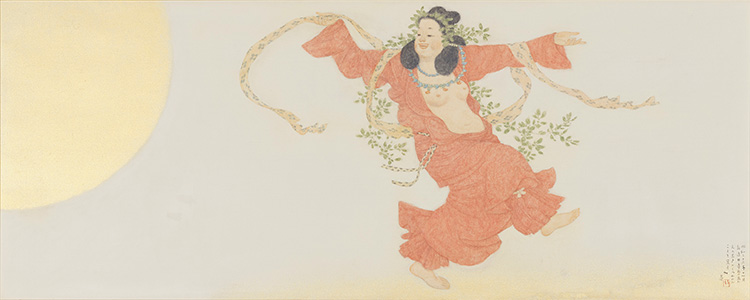
July 20 (Sat) – August 25 (Sun), 2024
The Path of the Idemitsu Museum of Arts ― From Here and Beyond, Part III
Masterpieces of Japanese and Chinese Ceramics―Rediscoveries in the Collection
It was in 1910 that Idemitsu Sazo (1885-1981) discovered the beauty of Chinese ceramics during his corporate expansion in Northeastern China. The fondness he nurtured toward such works eventually inspired him to collect precious ceramics and crafts. Under the guidance of internationally known researchers Koyama Fujio (1900-75) and Mikami Tsugio (1907-87), Sazo further aspired to enrich his collection. We hope you enjoy the best of the arts and crafts works from the museum collection including Chinese, Japanese and East Asian ceramics as well as lacquer and bronze ware.
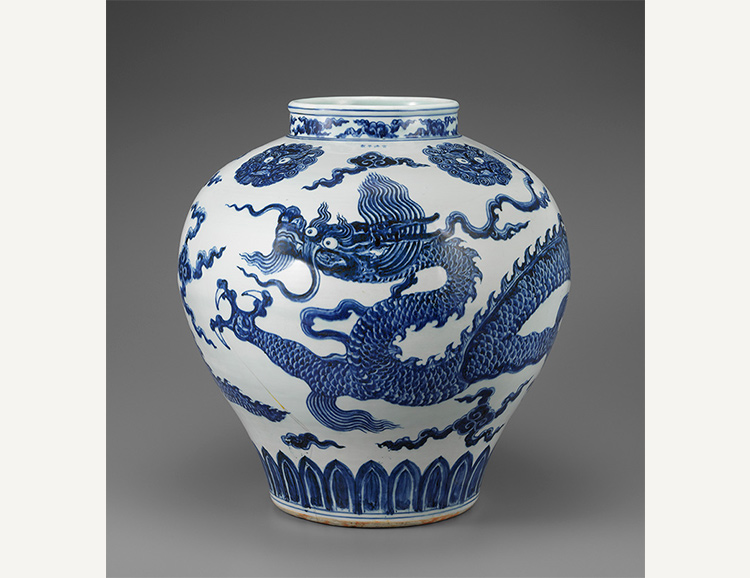
September 7 (Sat) – October 20 (Sun), 2024
The Path of the Idemitsu Museum of Arts ― From Here and Beyond, Part IV
One Thing Leads to Another―From the “ Illustrated Stories on Courtier Ban Dainagon ” to Itō Jakuchū
This year marks around the 120th year since Idemitsu Sazo (1885-1981) first obtained Zen master Sengai’s work. Since the museum’s opening until today, the collection underwent processes of re-evaluation and growth, housing a wealth of works that cover histories of Japanese and Chinese calligraphy and painting. This exhibition showcases masterpieces of yamato-e (Japanese style painting), butsu-ga (Buddhist painting), suiboku-ga (ink painting), bunjin-ga (literati paintings), rimpa, and calligraphy while retracing the museum’s research and collecting practices.
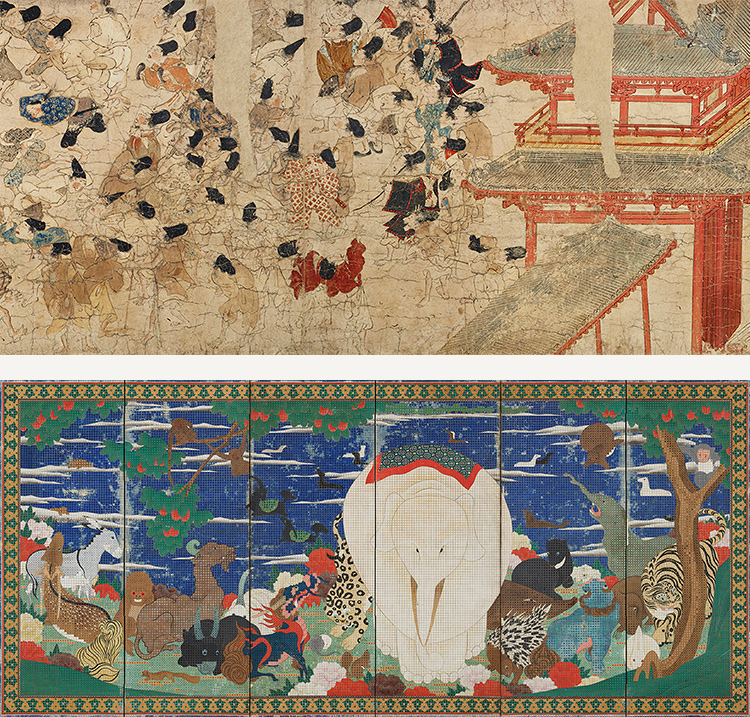
November 2 (Sat) – December 25 (Wed), 2024
The 100th Anniversary of the Establishment of Diplomatic Relations between Japan and Türkiye
The Treasures from the Collections of the Topkapı Palace Museum and the Idemitsu Museum of Arts
This year marks the centennial anniversary of Japanese-Turkish diplomatic relations since its establishment. In celebration of the two countries’ peaceful relations, this exhibition introduces famous masterpieces decorated with jewels, gold and silver as well as Chinese ceramics from the Topkapı Palace Museum and the Turkish and Islamic Arts Museum. To complement this major collection, selected works of Chinese and Japanese ceramics and gorgeous Turkish ceramics from the Idemitsu collection will be on view. We hope you enjoy this memorable collaboration of treasures that have fascinated the people all over the world.


